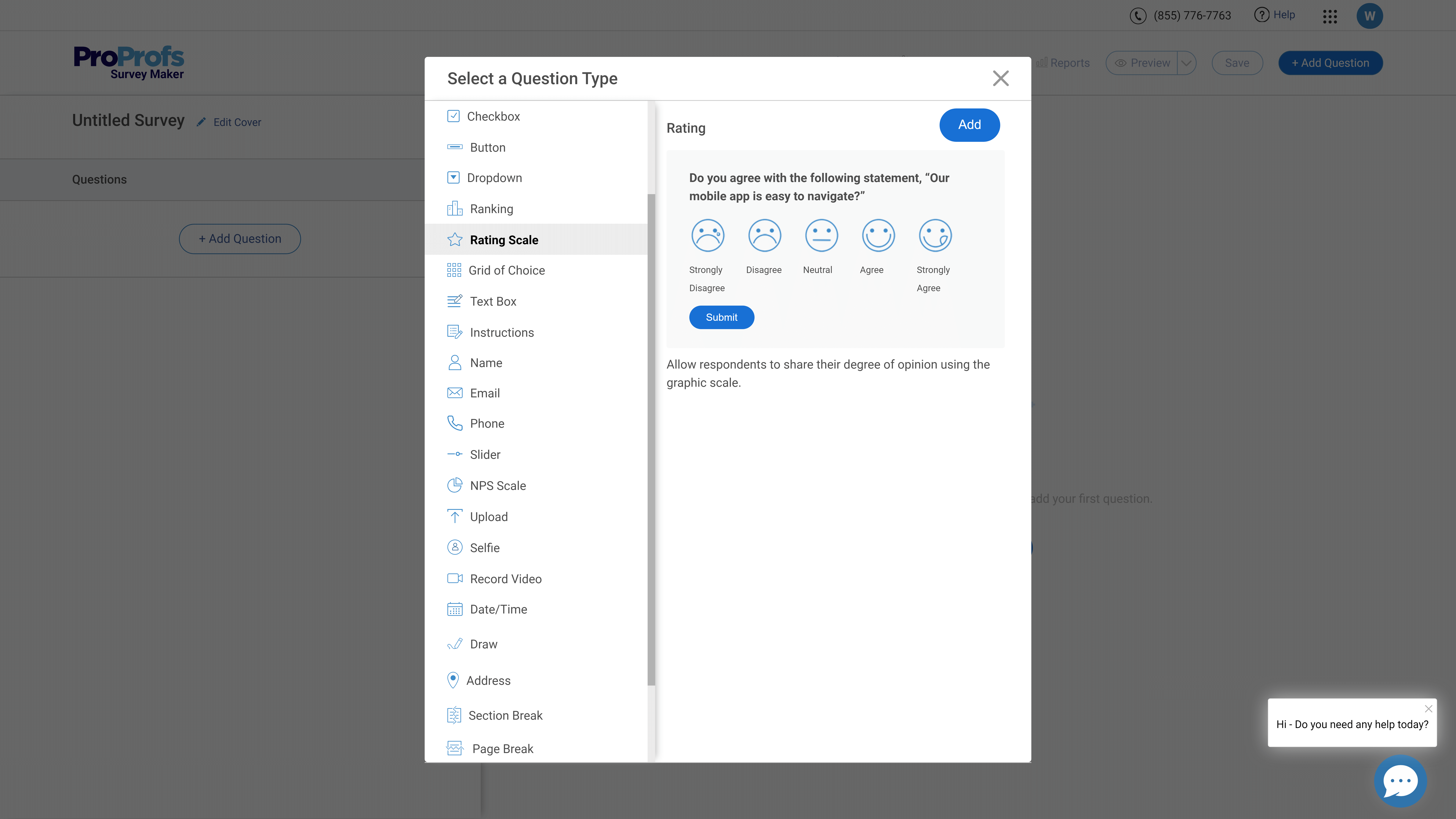What is an employee survey?
Employee surveys are tools used by organization leaders and senior staff to measure, gain feedback and discover areas for improvement on a range of organizational faculties. These include employee engagement, performance, morale and job satisfaction. Typically, the surveys are answered anonymously and collated to form meta-data. Surveys are considered effective due to their ease of use and easily analyzable data. If effectively administered that is.
15 Tips to Run an Effective Employee Survey

1. Measure your baseline
Find your baseline for what you are measuring. Where are you at the moment? By creating a baseline it makes is so much easier to track your progress. Finding your baseline will help you, to see which areas you have significantly developed, and areas that haven’t been improved as much as you would have hoped.
2. Spread the word
Communicate that you have a survey coming up and everyone should complete it. The classic approach is to send a few company-wide emails. If you don’t find that this is effective, maybe try posters, newsletters, table toppers, intranet, gif messages – or slightly more entertaining messages than your classic ones. Use internal communications as your friend to spread the word better.
3. Get leadership on-board
It’s rich to expect your employees to complete your survey if your senior leaders aren’t going to bother. What kind of message does that send out? In fact, go a step further. Get your leaders to promote the survey and explain to employees why it is important.
4. Communicate benefits
Why will it improve the life of your employees? Explain it to them. Show them how their responses will translate into real benefits for them and for the organization as a whole. Market the benefits of your survey to get more people to complete it.
5. Communicate employee confidentiality
Perhaps a somewhat overlooked tip. It is important that you convey a message of anonymity to your employees in order to achieve the level of honesty in responses which will help you to uncover areas for development.
6. Write questions in the correct tone and language
How do you normally speak to your employees? How do you normally speak to anyone? Use a tone and language which you would normally do. Don’t start using grandiose terms just because it’s written down. It makes it unnecessarily complex and will turn your employees off completing their surveys.
7. Use relevant questions
A similar point to the last one. Use questions that are worth asking and will actually lead to real benefits. Asking questions that are not relevant will just turn employees off AGAIN.
8. Avoid loaded questions
Do not use loaded questions. Yes, it is always tempting to try and sway your employee’s opinions to influence your results in your favor. But this is dangerous. Not only does this paper over cracks, but it can also be detrimental if a serious issue is being masked. You need to find out areas of improvement.
9. Accessibility
Use a method that is accessible to as many employees as possible. Paper, email, or online tools. I would suggest trying out a survey monkey to get the biggest scope, and it is super easy to use.
10. Consider the flow of questions
Here there is no perfect answer. It is up to you how you choose the flow of your questions. The two main methods are randomized question grouping, which will slow the response time of questions but will get your employee to read the question properly. However, it may begin to frustrate the employee and may end up in incomplete survey responses or untrue answers – as employees just try and get to the end of the survey. Alternatively, you could use grouping techniques, so that questions that are about the same topic are grouped together. Easier for employees to complete, but is more likely to lead to boredom.
11. Consider the different types of questions to use
As we have said before, don’t use loaded questions and consider the flow. Think about the scope of areas you want to look at, and how in-depth you want to look.
12. Each question should serve a purpose
Questions shouldn’t be aimless, and you should choose questions because you know they can give you the information which you need. If you want a bit of help choosing questions, we’ve got a few tips for you.
13. Communicate results
Let employees know the results of their survey. Keep them involved in the process from start to finish.
14. Have a post-survey process in place
Be systematic. Be strategic. Make sure you have processes in place so you can translate the results of your survey into real action. To increase effectiveness, create a timeline of when certain actions will take place. Develop the plan, and communicate it to your employees throughout the process.
15. Take action
Take action. Its all good and well doing the survey, but if you get your results and don’t do anything its pointless. Your employees know this and it will have detrimental effects.
Conclusion
So there we have our tips for you to use. What do you think, and what tips did we miss? Surveys can be really easy to use and have real benefits when implemented effectively. Boost their effectiveness by using these simple tips.
Ready to 3x Your Teams' Performance?
Use the best performance management software to align goals, track progress, and boost employee engagement.





